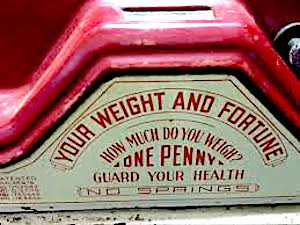
Your Retirement Money Diet
Morningstar's investment gurus put four variations of the "safe withdrawal" method through a simulated retirement scenario involving a 65-year-old man, a $1 million portfolio, and a 30-year time horizon. Each method had strengths and weaknesses.


